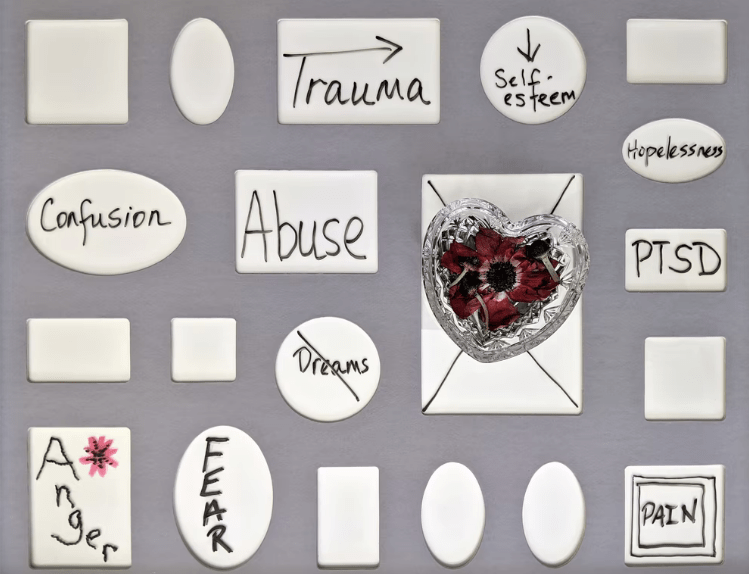What You Need to Know About Trauma Therapy
According to Denver Health, trauma rates in the state have increased 267% in 2020 compared to 2019. This comes as no surprise with all the stress and pressure we are exposed to on a daily basis. As much as we don’t like to admit it, humans are fragile and are not equipped to properly handle everything that is thrown their way. When traumatic events are not treated properly, they can have a huge effect on your life and behaviors. That’s why if you think you are suffering from the aftermath of a trauma, you should consider trauma-focused therapy, and here’s all you need to know about it to feel more comfortable about it.
What Is Trauma Therapy?
Trauma therapy is a type of therapy that focuses on dealing with the emotional response following a traumatic life event. There are various causes of trauma, including sexual violence, abuse, neglect, serious injuries, or any life-threatening event. After experiencing trauma, the person struggles to regain their sense of safety again, and that’s where trauma therapy comes in. It helps you process the traumatic event and gives you the necessary tools to respond and cope with it, especially if it’s impacting the way you function.
Benefits of Trauma Therapy
There are endless advantages of trauma therapy that will convince anyone to give it a shot. If you’re based in Denver, then choosing to consult with a Denver trauma therapist will help you identify your triggers. After that, it can help you regain the lost sense of safety and assurance. It can also reduce the fear and avoidance from things that are related to the cause of trauma, like if you were in a car accident and you’re afraid to drive or ride one again. It provides you with the necessary tools and techniques for coping with your trauma and its cause. Trauma therapy also helps with building trust that was lost with the feeling of safety. It will give you validation while still challenging your beliefs about the traumatic event.
Types of Trauma Therapy
Since there are various causes for trauma, psychology came up with different types of treatment to handle each one and each individual. There is the prolonged exposure method where the person is exposed to the source of their trauma until they don’t fear it. There’s also cognitive processing therapy where your thoughts surrounding the trauma are challenged. Another type is trauma-focused cognitive behavior which is mostly for children and teens and deals with incorrect behavior patterns. Finally, there’s the Eye movement desensitization and reprocessing type which uses bilateral stimulation to release trauma-induced emotion.
These are just the basics about trauma therapy that you should know. We can, of course, delve deeper into the way the whole thing works and the techniques used such as imaginal exposure, in vivo exposure, cognitive restructuring strategies, and more. However, it’s wiser to resort to consulting with a professional doctor or specialized to find out more about this type of therapy. Just remember that healing is always possible no matter how dark things seem at the moment, you just need to take the first step.




